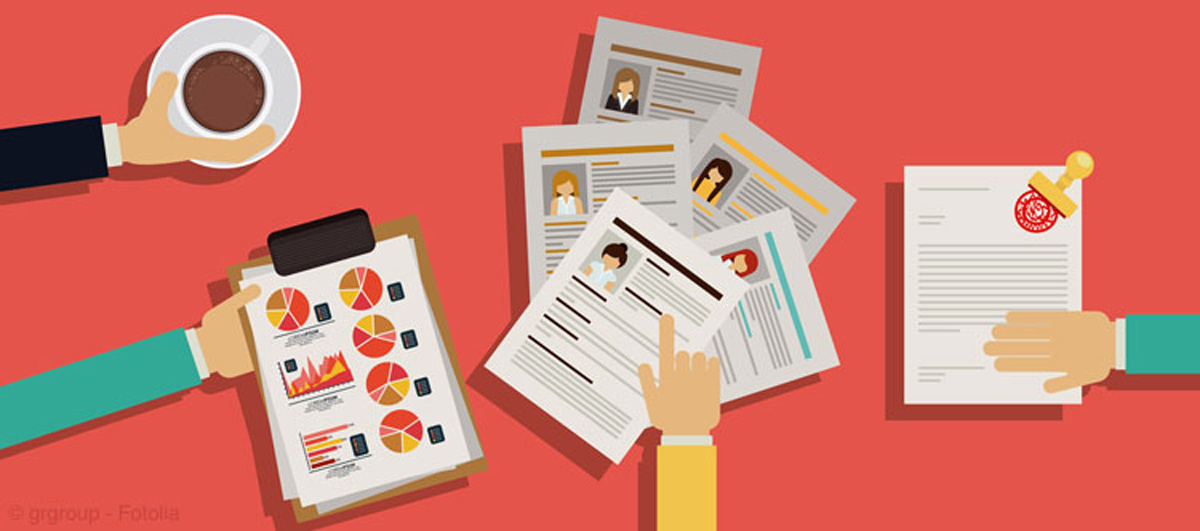
A weak orientation may be just a missed opportunity to wow a new hire, but it may also turn into a disaster if the process contradicts the impression put together by the recruiter or the organization's genuine culture. Embrace and deliver on this essential chance to cultivate a solid and fruitful relationship between your organization and staff.
Benefits of Orientation Programs
Educate managers on the necessity of making new hires feel welcome and important, and encourage them to do so using a regular orientation process. Productive and successful orientation programs may:
- Make workers see it as an opportunity to acquire new talent, increase productivity, and expand the winning team.
- Excite the new hire about his new job or team, and excite the team about the new hire.
- Give new hires information they need to eliminate barriers.
- Alleviate poor starts or disillusionment.
- Allow new hires to begin meaningful work as early as possible.
- Provide access to the company intranet or call center, so they can learn more about the organization and its benefits.
- Designate the person(s) responsible for helping new hires with their questions.
- Identify motivators, "de-motivators," dream-job factors and challenges, so they can be effectively managed.
- Strengthen the team by involving coworkers in the orientation and retention of new hires.
- Gain an advantage over competitors by treating new hires differently, so they spread the word that you "celebrate" new employees.
When creating an orientation program for your organization start within your organization -- survey your past "new hires" (i.e., current employees). Identify their problems, frustrations, and what they would like to encounter more and less of in the process. (You should do the same at exit interviews.)
Develop a set of success measures and metrics so that the process can be continually improved, and those who helped in orientation can be rewarded. Include training, MIS, and operations to ensure all details are measured.
New-Hire Employee Packet
A standardized new-hire employee packet is a beneficial orientation tool for both incoming employees and your organization, as it provides clarity and minimizes many potential questions. Strongly consider such a packet as a fundamental element of your larger orientation program.
To construct an effective new-hire employee packet, use a folder or large envelope to collect and present the following to your new employees on their first day:
- Information on all insurance benefits (overview, applications, summary plan descriptions and certificates)
- Federal I-9 form
- Federal tax forms
- State tax forms
- Emergency contact form
- Information on compensation program
- Handbook and acknowledgement form
- Telephone and Web site directory
- Information on organization events
- Scheduled holidays/time off
- List of acronyms, FAQs, buzzwords
- Mission/vision statement
- Organizational chart
- Names and titles of senior management
- Summary of each department/division
- Direct deposit form for payroll
More Ideas for Getting Off on the Right Foot
There are actions you can (and should) take to help your new employees hit the ground running and decrease their time to productivity:
- Have ready their work station, email address, telephone number, ID card, corporate credit card, etc.
- Assign them a departmental mentor for their first month. (An alternative is an orientation team to own the process.)
- Before they start, assess their training needs and schedule the required development program.
- Pre-schedule a meeting for shortly after they begin to identify any initial frustrations or problems.
Besides setting new hires up for professional success, you may want to reinforce your commitment to them personally with a welcoming gesture, such as:
- A phone call, email, or letter from the CEO/EVP.
- Breakfast or flowers on the first morning to celebrate their joining the "family"/team.
- A new-hire luncheon to meet the team.
- A banner signed by the CEO and coworkers.
- Taking a team picture on the first day and having coworkers sign it.
- A plaque celebrating their first day.
- A "dinner for two" certificate to tell a friend about their new job.
- A note and picture on your corporate Web site.
- A picture in local ads or in regular corporate advertising.












